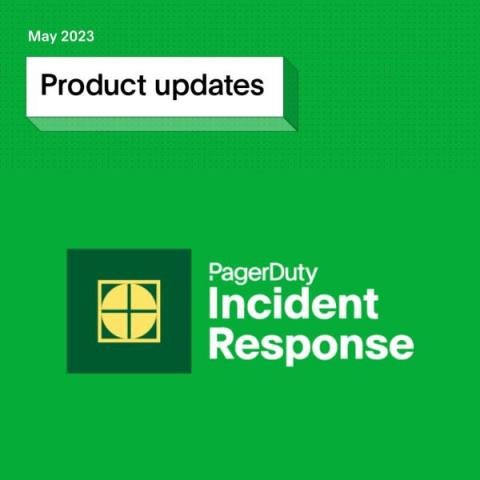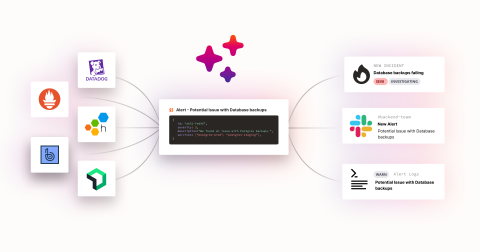Exploring Key Concepts of Site Reliability Engineering (SRE)
Site Reliability Engineering is a process of automating IT infrastructure functions, including system management and application monitoring using software tools. It is used by businesses to guarantee that their software applications are reliable even when they receive frequent upgrades from development teams. SRE allows engineers or operations teams to automate the activities that are traditionally performed by operations teams manually to manage production systems and handle issues.











